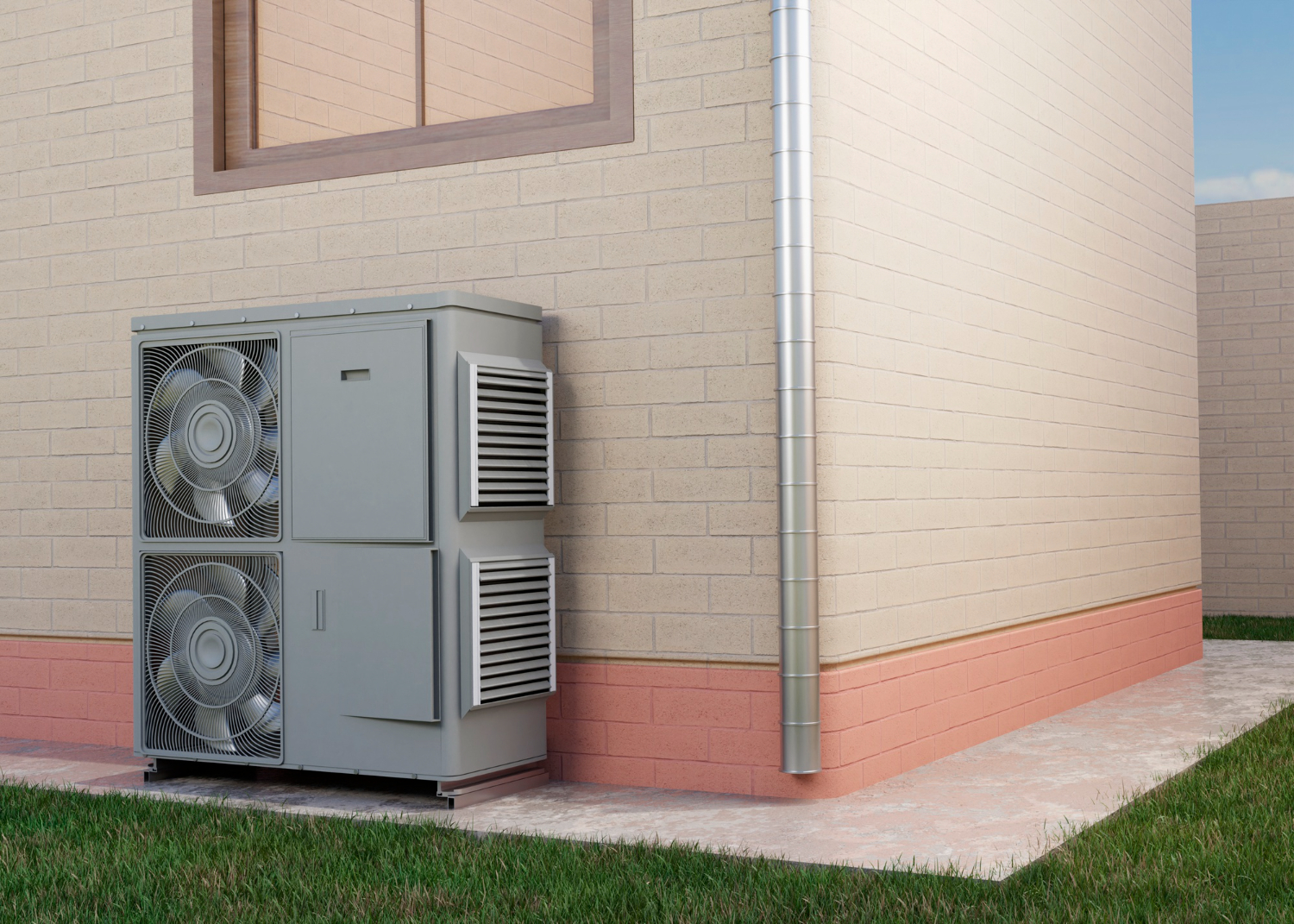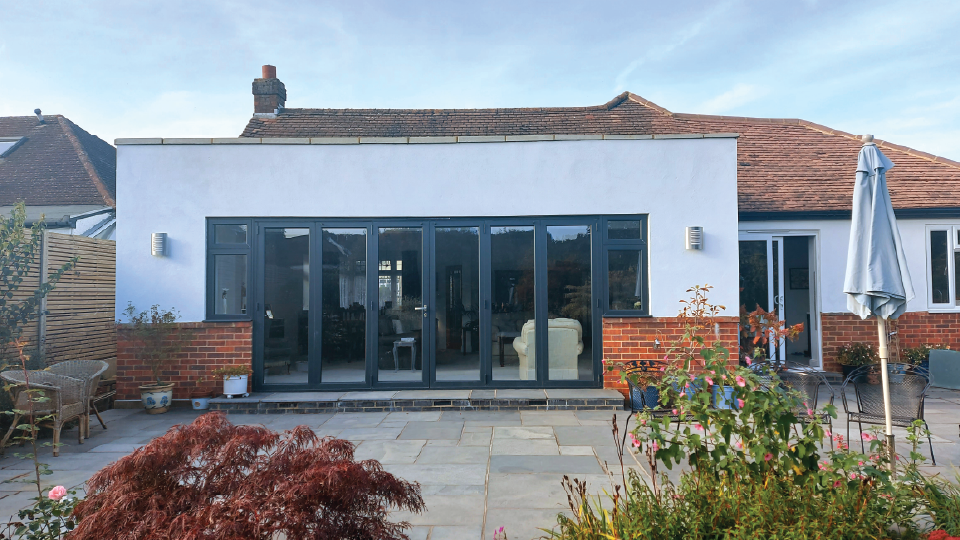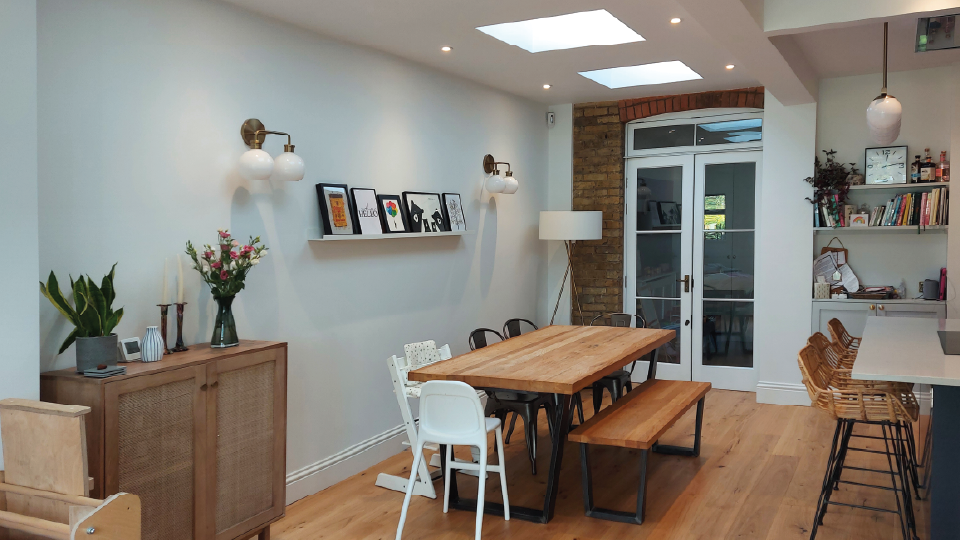Air Source Heat Pump Technology
An Air Source Heat Pump (ASHP) is a renewable or sustainable method of heating buildings because it only uses the air around us as described below by renewable technology installer ISO Energy.
“An air source heat pump (ASHP), also known as an Air to Water Heat Pump, works in a similar way to a Ground Source Heat Pump except that it extracts heat out of the surrounding air instead of the ground. Air source heat pumps are compatible with both radiator based and under floor heating systems and can be used together with most electric boilers, oil-fired boilers or equivalent when docking to an existing heating/hot water system”.
“If you do not have suitable land area for a ground source system, or have a very highly insulated new build property, or if you want heating for an outdoor pool then an air source heat pump may well be an ideal solution. An air source heat pump extracts energy in the form of heat from the outside air in the same way that a fridge extracts heat from its inside. This is the same gas compression refrigeration cycle as a ground source heat pump but this time the energy source is outside air drawn across the evaporator heat exchanger by a fan”.

“This might sound impossible during the winter months, but given that the refrigerant in a heat pump boils at between -15ºC and -30ºC there is always energy to be extracted from the air regardless of the weather. The key is to understand how to do this efficiently and to understand the limitations of air-source devices in these circumstances and to provide for them. The main advantage of an Air Source Heat Pump is that you do not have the cost and disruption of laying the ground arrays and you do not need the ground or water source”.
There are two main types of air source heat pump systems:
- 1. An air-to-water system distributes heat via your wet central heating system.
- 2. An air-to-air system produces warm air which is circulated through ducting by fans to heat your home. Air-to-air systems are generally restricted to spatial heating and cooling only.

Ideally, the unit should be installed close to the plant room where possible. The unit will require a good flow of air on both the input and exhaust sides and should not be placed underneath trees or where a risk of falling debris may exist. Minimum clearances must be observed to avoid low air flow or the risk of recycling the cold exhaust air.
RECENT PROJECTS
At Greenway Associates, we have completed over 2,000 architectural design projects





